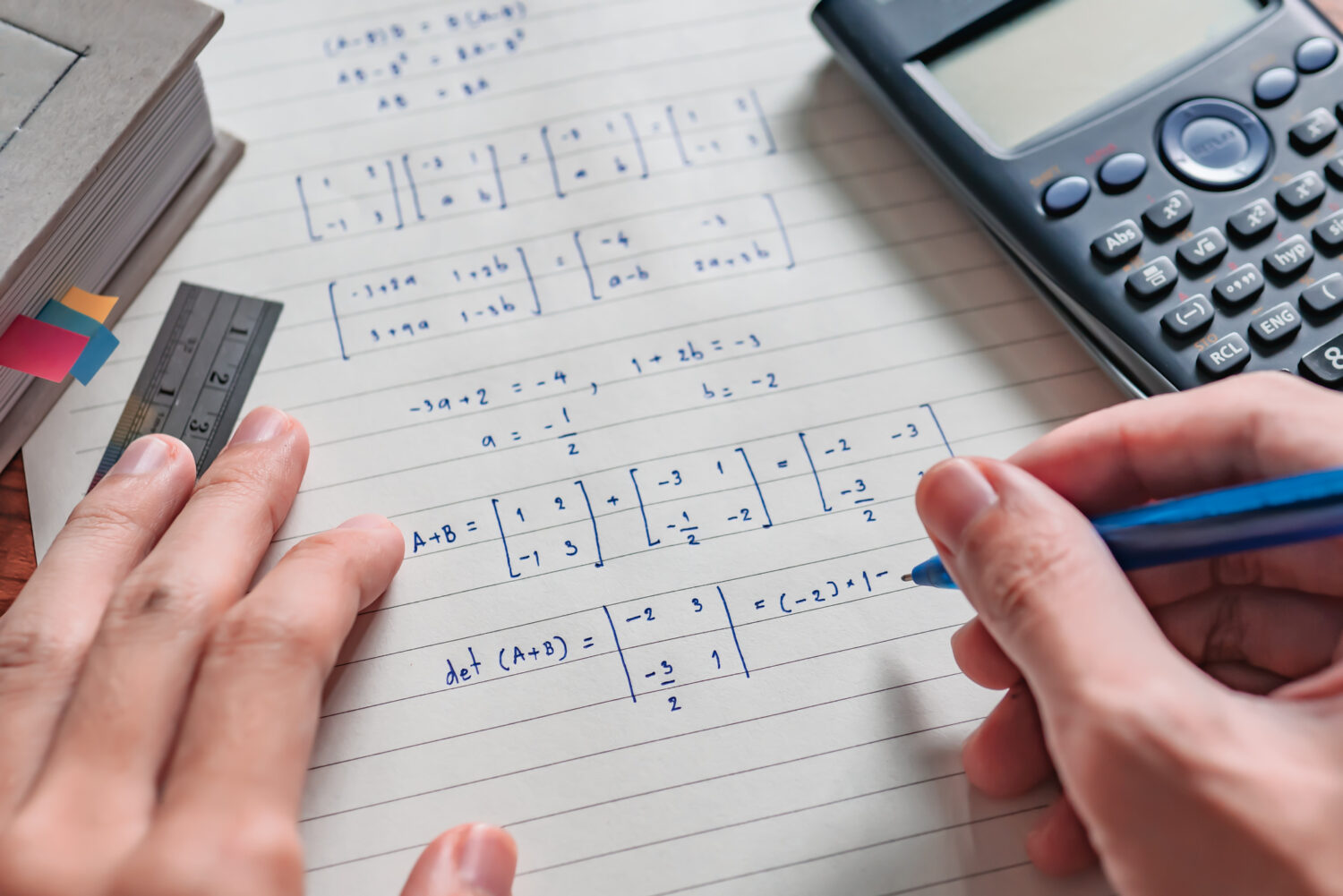What will I learn?
The aims of all DP mathematics courses are to enable students to:
- Develop a curiosity and enjoyment of mathematics, and appreciate its elegance and power;
- Develop an understanding of the concepts, principles and nature of mathematics;
- Communicate mathematics clearly, concisely and confidently in a variety of contexts;
- Develop logical and creative thinking, and patience and persistence in problem solving to instil confidence in using mathematics;
- Employ and refine their powers of abstraction and generalisation;
- Take action to apply and transfer skills to alternative situations, to other areas of knowledge and to future developments in their local and global communities.
This course recognizes the need for analytical expertise in a world where innovation is increasingly dependent on a deep understanding of mathematics. This course includes topics that are both traditionally part of a pre-university mathematics course (for example, functions, trigonometry, calculus) as well as topics that are amenable to investigation, conjecture and proof, for instance the study of sequences and series and proof by induction.
The course allows the use of technology, as fluency in relevant mathematical software and hand-held technology is important regardless of choice of course. However, there is a strong emphasis on the ability to construct, communicate and justify correct mathematical arguments. There will be a recognition that the development of mathematical thinking is important for a student.
Students who choose this subject at HL should be comfortable in the manipulation of algebraic expressions and enjoy the recognition of patterns and understand the mathematical generalisation of these patterns. Students who wish to take Mathematics: Analysis and Approaches at HL will have strong algebraic skills and the ability to understand simple proof. They will be students who enjoy spending time with problems and get pleasure and satisfaction from solving challenging problems.
What is the structure of the course?
The course is structured around these major areas of mathematics:
- Number and Algebra
- Functions
- Geometry and Trigonometry
- Statistics and Probability
- Calculus
How will I be assessed?
Assessment
Format
Mathematical Exploration (Coursework)
Internal assessment in mathematics is an individual exploration. This is a piece of written work that involves investigating an area of mathematics. Usually 12-20 pages long. 20% weighting.
Paper One
No technology allowed.
Section A: compulsory short-response questions based on the syllabus.
Section B: compulsory extended-response questions based on the syllabus. 30% weighting.
Paper Two
Technology allowed.
Section A: compulsory short-response questions based on the syllabus.
Section B: compulsory extended-response questions based on the syllabus. 30% weighting.
Paper Three
Technology allowed.
Two compulsory extended-response problem-solving questions. 20% weighting.
Frequently Asked Questions
Which CAS opportunities are available?
There are many CAS projects that require mathematical skills, but in addition to such opportunities that you might explore you may seek to:
- Join the maths club and take part in the UKMT Maths Challenges and support young year groups in their preparation
- Support students with preparation for the GCSE Maths Exam
- Attend university style public lectures on interesting areas of maths and science
Which opportunities for further study are available?
The Mathematics IB prepares you for any university course that requires a deep understanding of mathematics, such as courses in Mathematical Sciences, Physics, Engineering and Economics (where there is a focus on mathematical analysis) as well as any other course that requires a higher qualification in mathematics.
Is there anything else I need to know?
The study of mathematics can be one of the most challenging academic experiences a student can take on, but it is also one of the most rewarding and useful subjects to study due to its applicability in such a wide array of academic disciplines at University. Be prepared to study hard in your own time in order to understand some of the most challenging mathematics you have ever encountered. You will require a graphical calculator for this course.



